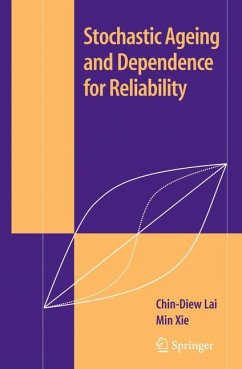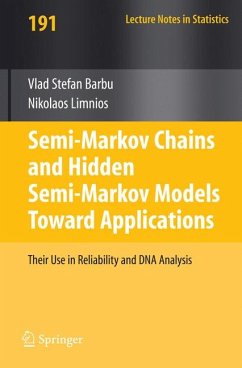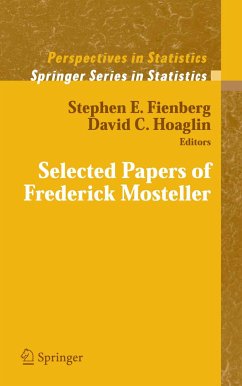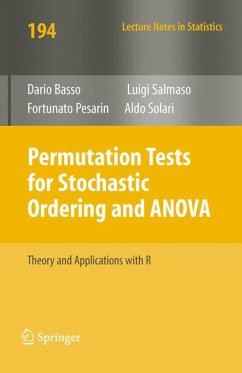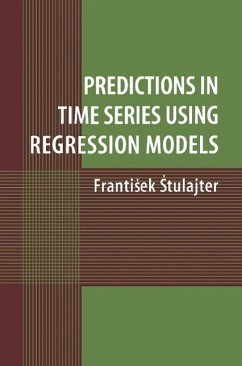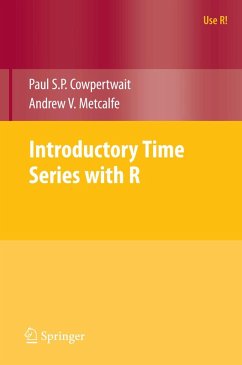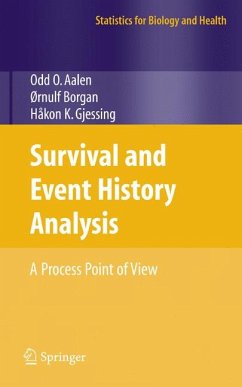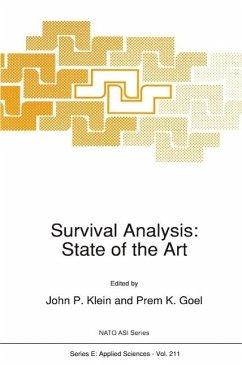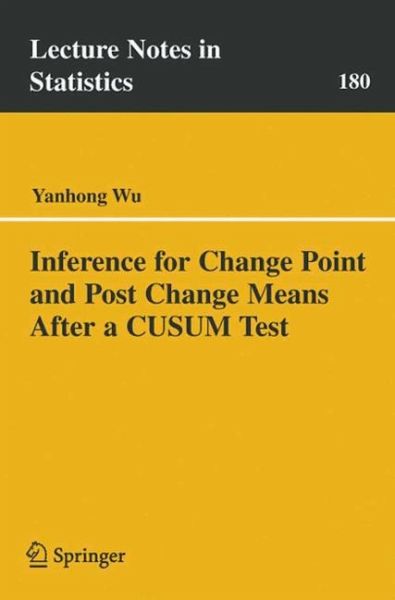
Inference for Change Point and Post Change Means After a CUSUM Test (eBook, PDF)
Versandkostenfrei!
Sofort per Download lieferbar
40,95 €
inkl. MwSt.
Weitere Ausgaben:

PAYBACK Punkte
20 °P sammeln!
The change-point problem has attracted many statistical researchers and practitioners during the last few decades. Here, we only concentrate on the sequential change-point problem. Starting from the Shewhart chart with app- cations to quality control [see Shewhart (1931)], several monitoring procedures have been developed for a quick detection of change. The three most studied monitoring procedures are the CUSUM procedure [Page (1954)], the EWMA procedure [Roberts (1959)] and the Shiryayev?Roberts procedure [Shiryayev (1963) and Roberts (1966)]. Extensive studies have been conducted on the p- ...
The change-point problem has attracted many statistical researchers and practitioners during the last few decades. Here, we only concentrate on the sequential change-point problem. Starting from the Shewhart chart with app- cations to quality control [see Shewhart (1931)], several monitoring procedures have been developed for a quick detection of change. The three most studied monitoring procedures are the CUSUM procedure [Page (1954)], the EWMA procedure [Roberts (1959)] and the Shiryayev?Roberts procedure [Shiryayev (1963) and Roberts (1966)]. Extensive studies have been conducted on the p- formancesofthesemonitoringproceduresandcomparisonsintermsofthedelay detection time. Lai (1995) made a review on the state of the art on these charts and proposed several possible generalizations in order to detect a change in the case of the unknown post-change parameter case. In particular, a wind- limited version of the generalized likelihood ratio testing procedure studied by Siegmund and Venkatraman (1993) is proposed for a more practical treatment even when the observations are correlated. In this work, our main emphasis is on the inference problem for the chan- point and the post-change parameters after a signal of change is made. More speci?cally, due to its convenient form and statistical properties, most d- cussions are concentrated on the CUSUM procedure. Our goal is to provide some quantitative evaluations on the statistical properties of estimators for the change-point and the post-change parameters.
Dieser Download kann aus rechtlichen Gründen nur mit Rechnungsadresse in A, B, BG, CY, CZ, D, DK, EW, E, FIN, F, GR, HR, H, IRL, I, LT, L, LR, M, NL, PL, P, R, S, SLO, SK ausgeliefert werden.




